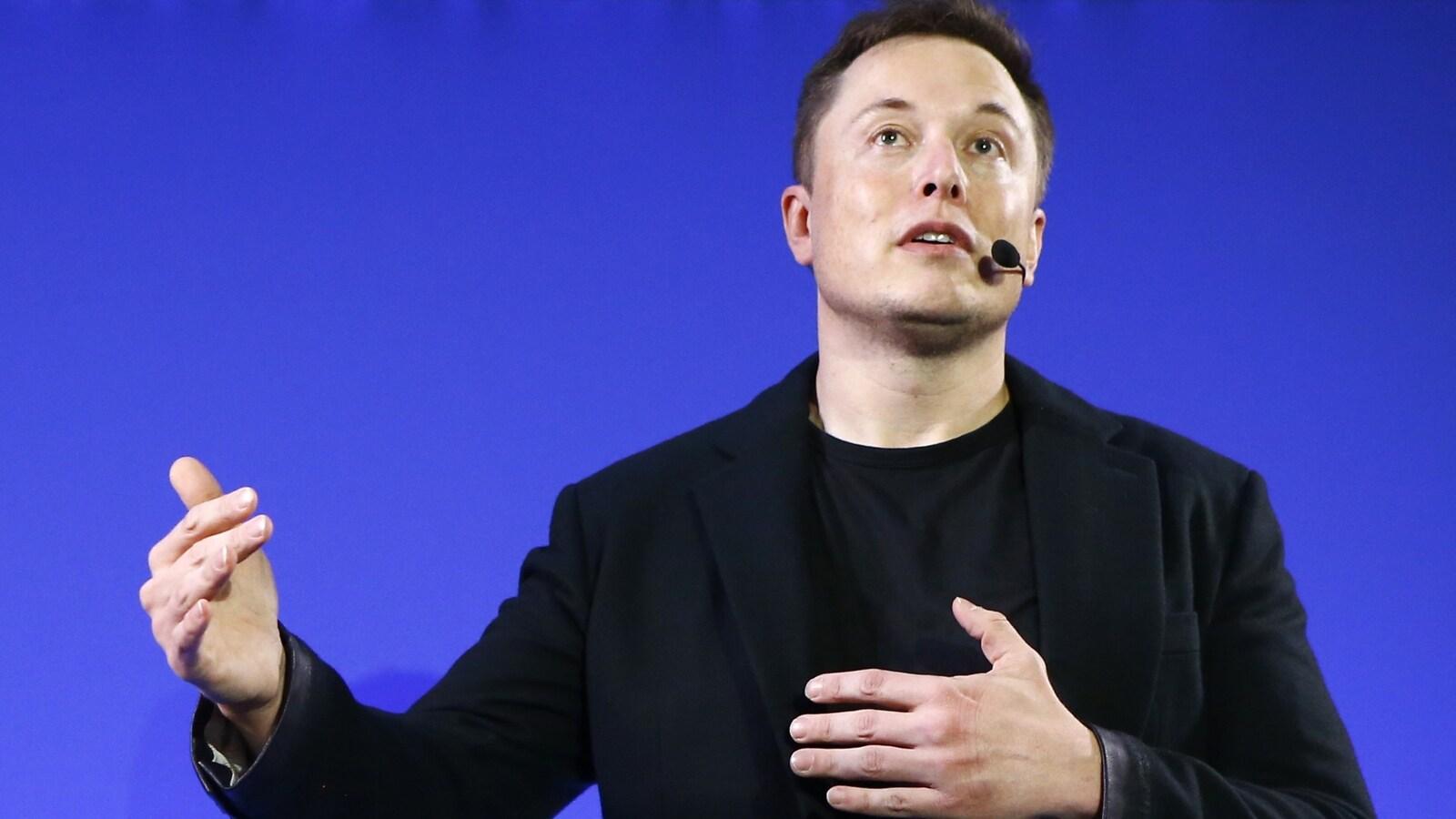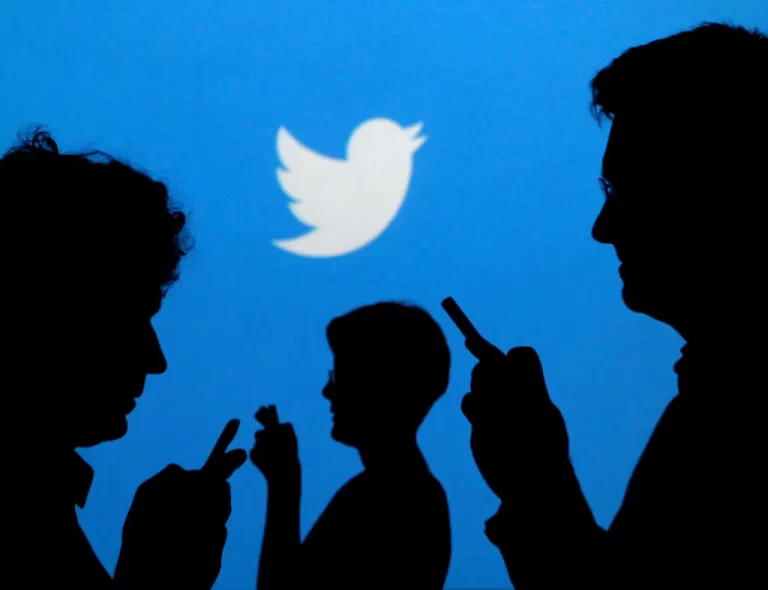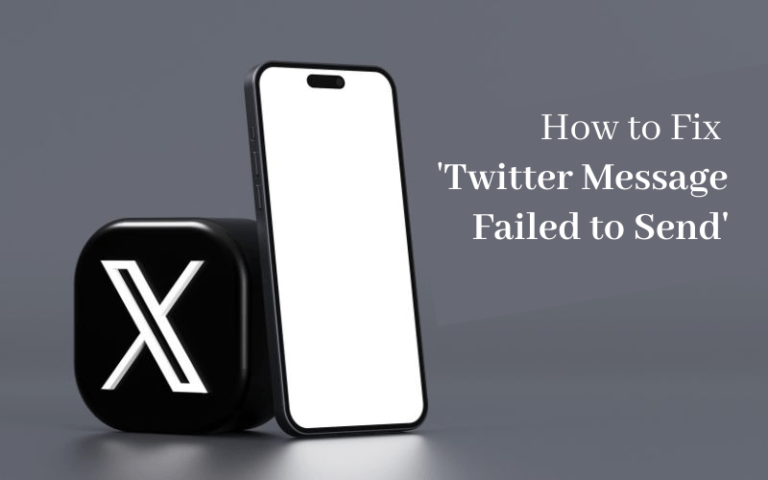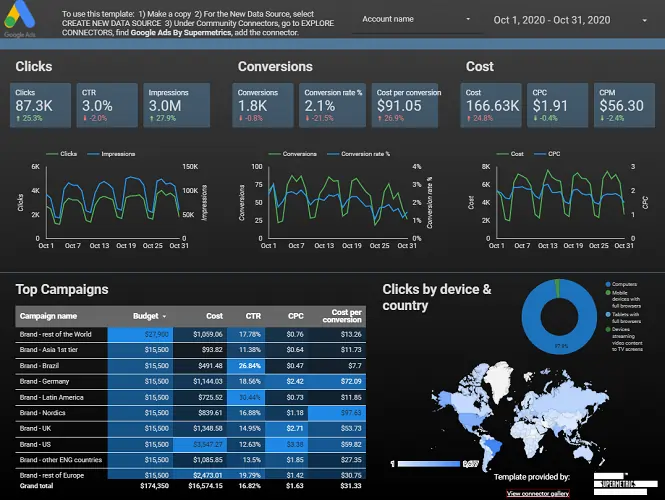Elon Musk, the world’s richest man and CEO of Tesla and SpaceX, recently acquired Twitter in a $44 billion deal, taking the social media platform private. This unprecedented tech industry deal has far-reaching implications for Twitter as a company, its users, Musk’s business empire, and the future of free speech online.
In this Elon Musk’s $44 Billion Twitter takeover case study blog post, we will analyze how this blockbuster acquisition happened, Musk’s plans and vision for Twitter, the opportunities and challenges facing the company, and lessons that can be learned from this high-profile tech takeover.
Table of Contents
A Quick Recap of Events Leading to Musk’s Twitter Takeover
Let’s first briefly recap how Elon Musk came to acquire Twitter for $44 billion.
- For years, Musk has been one of Twitter’s most prolific users, regularly tweeting memes and business updates to his over 100 million followers.
- In January 2022, Musk started criticizing Twitter’s policies around free speech and censorship and asking whether a new platform was needed.
- On April 4th, he acquired a 9.2% stake in Twitter, becoming its largest individual shareholder.
- On April 14th, he offered to buy 100% of Twitter for $54.20 per share, a total value of $44 billion.
- After some initial resistance, Twitter’s board ultimately accepted the offer on April 25th. The deal closed on October 27th, 2022.
This unexpected chain of events saw the world’s richest man acquire one of the world’s most influential social platforms. But why exactly did Musk want to buy Twitter in the first place?
Motivations Behind Musk’s Twitter Takeover

Elon Musk has stated a few key reasons for his interest in buying Twitter:
Promoting Free Speech
Musk’s most commonly cited motivation is his desire to turn Twitter into a true platform for free speech. He has argued that Twitter currently censors certain viewpoints and bans some users too arbitrarily. Owning Twitter would allow him to take a very permissive stance on content moderation.
Fighting Spam Bots
Musk has frequently talked about getting rid of spam bots on Twitter, which he claims make up 20% or more of accounts. He wants to authenticate all real human users. This could help improve discussion quality but would be extremely difficult to implement.
New Product Features
In tweets before his takeover bid, Musk suggested improvements like open-sourcing Twitter’s algorithms, adding an edit button for tweets, showing whether accounts are bots, and more. Owning Twitter allows him to directly implement his desired changes.
Synergies With Other Companies
Musk may see synergies between Twitter and his other companies like Tesla and SpaceX, allowing cross-promotion. His ownership of Twitter could be mutually beneficial.
Personal Brand
Buying Twitter strengthens Musk’s personal brand as an advocate for free speech and gives him a bigger platform to promote his views. His fame and Twitter’s brand become more intertwined.
Financial Motivations
While less emphasized by Musk, buying Twitter could also be a financial investment if he can increase the company’s revenue and value in the long run.
Also read: Twitter Elon Musk News: The Wild Ride So Far
Key Details of Musk’s Twitter Acquisition Deal
Elon Musk’s $44 billion offer to buy Twitter represented a 38% premium over its market price at the time. Here are some key details about how the deal came together:
- Purchase Price: $54.20 per share in cash, valuing Twitter at $44 billion
- Financing: Musk originally secured $25.5 billion in loans from banks, with a $21 billion personal equity commitment. He later brought in equity co-investors to reduce his personal contribution.
- Timeline: The deal came together rapidly, with Musk making his offer public on April 14th and Twitter accepting it on April 25th. It closed on October 27th.
- Post-Takeover Leadership: Musk immediately fired key executives like CEO Parag Agrawal, CFO Ned Segal, and policy head Vijaya Gadde upon acquiring Twitter. He became the sole director of the company.
- Layoffs: Within his first week owning Twitter, Musk conducted mass layoffs, cutting around 50% of Twitter’s 7,500 employees, drastically shrinking the company.
- Remote Work Changes: Musk also scrapped Twitter’s existing flexible work-from-anywhere policy, demanding that remaining employees work from the office full-time.
SWOT Analysis of Musk’s Twitter Takeover

Let’s analyze the strengths, weaknesses, opportunities, and threats related to Elon Musk’s Twitter acquisition:
Strengths
- Musk brings a fresh perspective as an innovative outsider
- He has the resources and motivation for ambitious changes
- Active user engagement could increase under Musk
Weaknesses
- Major cultural shift away from Twitter’s traditional progressive values
- Loss of many experienced employees due to layoffs
- Uncertainty and low morale within the remaining workforce
Opportunities
- Improving user experience and platform design
- Adding new product features users want
- Increasing subscription revenue with premium offerings
Threats
- User backlash over reduced content moderation
- Advertiser reluctance due to brand safety concerns
- Strained relationships with regulators and policymakers
- Difficulty monetizing free speech goals
While the takeover brings big opportunities, Musk also faces major risks in keeping users, advertisers, employees, and regulators on board with his vision for Twitter.
Also read: Elon Musk’s Twitter: A Breeding Ground for Misinformation Amid the Israel-Hamas Conflict
Elon Musk’s Plans and Vision for Transforming Twitter
Ever since acquiring Twitter, Elon Musk has been vocal about his plans to overhaul the platform. Here are some of his stated goals:
Loosening Content Moderation
Musk wants to take a very light touch on moderating tweets and accounts on Twitter, favoring free speech. He would rely more on automated screening and less on human reviewers. This approach could allow more hate speech, misinformation, and other harmful content.
Defeating Spam Bots
Musk aims to permanently suspend spam bot accounts on Twitter. He wants to require authentication for all real human users before they can tweet. However eliminating bot accounts may prove extremely difficult.
New Features and Products
Musk has suggested launching new features like end-to-end encrypted DMs, an edit button to modify tweets, showing tweet impression stats, and integrating payments into Twitter. He may also develop premium subscription offerings.
Firing Executives and Laying Off Employees
To put his stamp on Twitter, Musk immediately fired several top executives upon taking over. He later conducted mass layoffs, cutting around 50% of Twitter’s workforce and drastically shrinking operations.
Increased Reliance on Automation
With a much smaller employee base now, Twitter will have to depend more on software algorithms to moderate content and combat abuse rather than human review. The efficacy of full automation remains uncertain.
Shaking Up Company Culture
Musk aims to move Twitter’s culture in a new direction away from its traditionally progressive political Leanings to align with his priorities of free speech and few restrictions. This has already created internal turmoil.
While Musk has big ideas, he faces steep challenges in remaking Twitter without alienating users, advertisers, employees, and governments worldwide.
Opportunities and Challenges in Musk’s Twitter Takeover
As an ambitious entrepreneur, Elon Musk undoubtedly sees great potential in reinventing Twitter. But major pitfalls loom as well. Let’s break down the biggest opportunities and challenges facing Musk:
Biggest Opportunities
- Increasing ad revenue by boosting user engagement and exploring new formats like audio ads
- Launching and monetizing new premium products like a social media dashboard for brands
- Cutting costs substantially by reducing headcount and relying more on AI moderation
- Leveraging synergies with Musk’s other companies, Tesla, SpaceX, Neuralink, and The Boring Company
Toughest Challenges
- Preventing a user exodus if controversial speech skyrockets on the platform
- Reassuring wary advertisers while aiming for “free speech absolutism”
- Rebuilding employee morale and retaining needed talent after mass layoffs
- Avoiding a regulatory crackdown over laxer rules on harmful content
- Generating enough revenue growth to justify the $44 billion price tag
If Musk can seize opportunities like boosting subscriptions while avoiding pitfalls like alienating brands, Twitter may thrive under his control. But the risks are undoubtedly high.
Potential Impacts of Musk’s Takeover on Twitter
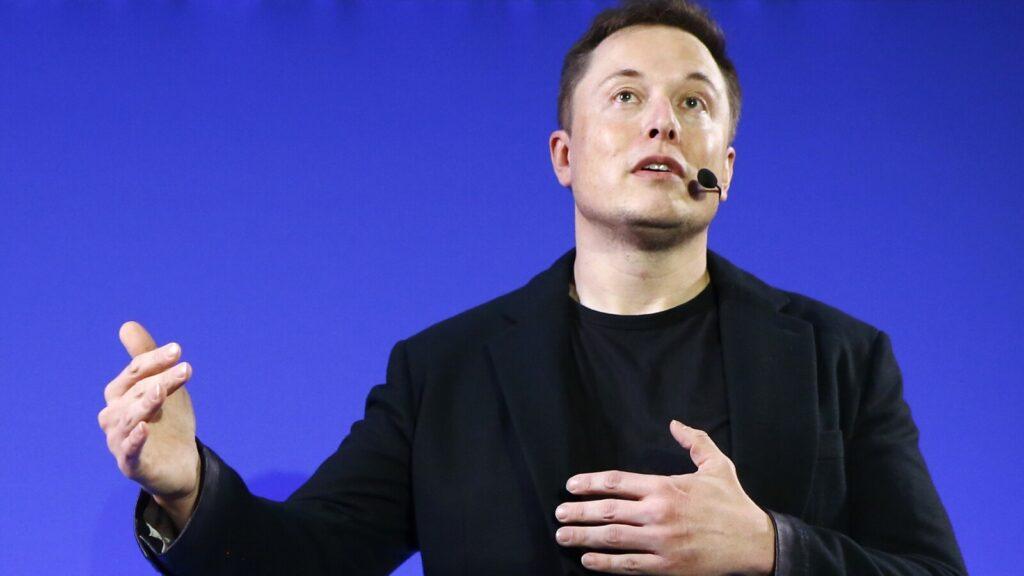
Elon Musk’s acquisition of Twitter could profoundly transform the platform. Here are some potential impacts, both positive and negative:
Freer Range of Speech
Musk’s hands-off approach to content moderation may expand the range of discourse and opinions found on Twitter. But it could also lead to more bullying, misinformation, and polarization.
Exodus of Some Users and Advertisers
If toxic content increases, some portion of users and advertisers may lose trust in Twitter and abandon the platform. But those losses could be offset by attracting new users who prefer fewer restrictions.
More Innovative Features
With Musk’s product acumen and resources, Twitter seems likely to accelerate feature releases like end-to-end encryption and subscriptions. But this depends on retaining enough engineering talent post-layoffs.
Employee Culture Shifts
Musk’s directive for long office hours and hands-on management style contrasts sharply with Twitter’s historically progressive workplace culture. This may spur talent retention problems.
Higher-Risk Governance
With Musk firmly in control as sole director, Twitter’s governance is more subject to the unpredictable decision-making of one man. Overall accountability and stability may suffer under this streamlined approach.
The impacts will become clearer over time, but Musk’s Twitter promises to look very different than the company’s pre-takeover. The platform is set for big changes.
4 Leadership Lessons to Learn from Elon Musk
Love him or hate him, Elon Musk’s unprecedented acquisition of Twitter offers important leadership lessons for aspiring entrepreneurs and executives:
1. Bold Vision Matters
Musk has outlined a clear (if controversial) vision for a digital public square built around free speech principles. Having a bold vision can drive transformative change.
2. Persistence Pays Off
Despite initial resistance from Twitter’s board, Musk pushed forward with his takeover pursuit, persisting until his ambitious bid succeeded. Tenacity is key.
3. Leverage Your Platform
Musk effectively leveraged his own public platform and passionate fanbase on Twitter itself to win support for his takeover. Build your platform.
4. Expect criticism
Musk knew his plans to reshape Twitter would draw widespread criticism. But strong leaders have convictions and withstand condemnation. Develop resilience.
Though unconventional, Musk exemplifies entrepreneurial grit. Aspiring leaders can learn from his audacious approach.
Key Financial Metrics and Future Revenue Potential
Thus far, Elon Musk has been mum on his specific targets for Twitter’s finances under his leadership. However, we can examine Twitter’s current financial situation and likely revenue opportunities going forward:
Twitter Financials Pre-Acquisition
- 2021 Revenue: $5.08 billion
- 2021 Profit: $5.08 billion
- Q1 2022 Revenue: $1.2 billion
- Q1 2022 Profit: $513 million
- A strong balance sheet with $6.4 billion cash
Key Revenue Growth Opportunities
- Increasing advertisements through more engaging user experience and new ad formats
- Offering tiered subscription plans for premium features like analytics
- Monetizing user data and API access for corporate customers
- Reducing content moderation costs long-term through automation
Potential for Expansion
Musk has proven adept at rapidly scaling companies like Tesla and SpaceX into multibillion-dollar companies. Applying his skills to reignite growth at Twitter, he may aim to increase its revenues from $5 billion to over $10 billion within 5 years.
With Musk aiming for radical transformation at Twitter, all eyes are on whether he can catalyze substantial revenue expansion that justifies the high acquisition price.
Recent Updates and News Related to Musk’s Twitter Takeover
Here are some of the latest developments and news related to Elon Musk’s Twitter takeover saga:
- Mass Layoffs: Within days of finalizing the acquisition, Musk conducted sweeping layoffs at Twitter, cutting roughly 50% of the workforce.
- Executive Firings: Musk immediately fired top Twitter executives such as CEO Parag Agrawal, CFO Ned Segal, and policy head Vijaya Gadde.
- Content Moderation Concerns: Musk has begun reinstating some previously banned accounts like Donald Trump, alarming moderation advocates.
- Advertiser Unease: Top brands like GM, Audi, and Pfizer have paused ads on Twitter due to questions over content policies.
- Possible Subscription Model: Musk may charge users $8 per month for account verification and other premium features.
- Resignations Reported: Some employees asked to work long hours under Musk’s leadership are voluntarily resigning instead.
- Federal Review: The U.S. government is reviewing the Twitter deal for potential national security risks.
The fast-moving developments show Musk radically overhauling Twitter early on in his tenure as owner. More big changes are surely still to come.
Also read: Surprisingly Missing: X App on Linda Yaccarino’s iPhone Home Screen
Key Takeaways and Lessons Learned
In this extensive case study, we’ve explored Elon Musk’s motivations, his plans for transforming Twitter, analysis of opportunities and risks, potential impacts, leadership lessons, and recent updates.
Key takeaways include:
- Musk aims to maximize free speech on Twitter, defeating spam bots and adding new features
- He faces major challenges in maintaining users, revenue, employees, and legal compliance
- The impacts on employee culture, content quality, innovations, and governance remain uncertain
- Aspiring leaders can learn from Musk’s bold vision, persistence, leveraging his platform, and resilience
- Musk’s ambitious overhaul has only just begun; Twitter promises to look very different soon
While Musk’s Twitter takeover is unprecedented and controversial, it offers a fascinating case study in tech leadership. Stay tuned as this real-time transformation unfolds!
Conclusion
Elon Musk’s acquisition of Twitter for $44 billion is a historic case study illustrating ambition, innovation, and determination at the highest level. By exploring Musk’s motivations, plans, opportunities, challenges, potential impacts, and leadership lessons learned, we gain valuable insight into this high-profile tech takeover.
While Musk has earned both immense praise and criticism for his radical vision to transform Twitter, the full results remain to be seen. Will he achieve a freer platform that lives up to its ideals or an unmoderated free-for-all that becomes a haven for misinformation?
Either way, Musk’s Twitter promises to remain in the spotlight globally. This multi-faceted case study provides context around the past, present, and future of one of the most consequential tech deals ever inked.

